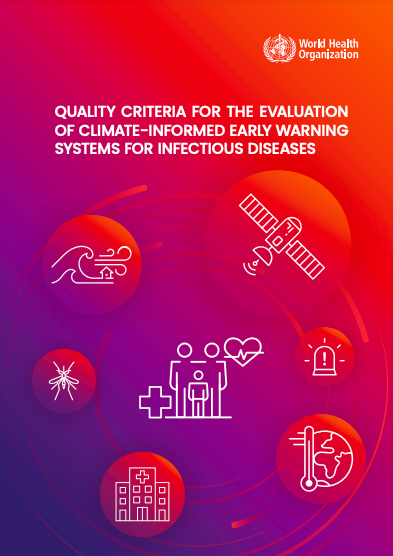World Health Organization, 2021

The frequency of infectious disease epidemics is increasing, and the role of the health sector in the management of epidemics is crucial in terms of response. In the context of infectious disease epidemics, the use of climate-informed early warning systems (EWS) has the potential to increase the effectiveness of disease control by intervening before or at the beginning of the epidemic curve, instead of during the downward slope.
Currently, the initiation of interventions is heavily reliant on routine disease surveillance systems – data that often arrive too late for preventative response. However, forecasting of disease outbreaks using surveillance and weather information shows promising potential – there also remains further scope to examine seasonal climate forecasts. By combining these elements in new EWS based on computational models, it will be possible to improve both the timeliness and impact of disease control. The World Health Organization (WHO) is strengthening existing surveillance systems for infectious diseases to enable the development of more robust and timely EWS, which has resulted in the rapid development and innovation of EWS for disease outbreaks.
The core elements of climate-informed EWS are to: (i) monitor environmental conditions; (ii) forecast high-risk conditions, initiate active surveillance; (iii) send alerts and communication; and (iv) establish a mechanism for early response.
This guide aims to outline key technical and operational criteria surrounding the performance, application, implementation and effectiveness of EWS and to illustrate how an understanding of these issues can be used for the evaluation of EWS for multiple infectious disease outbreaks. This guidance is aimed at national authorities of infectious disease programmes and health information systems of ministries of health (MoH).
ISBN: 9789240036147



